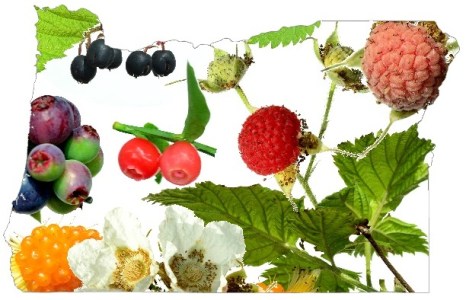
Author: Henry Holly
A tool is only as productive as its user. The Northwest Forager has been designed to be used as a tool. Its function is simple. To promote and inspire the knowledge of wild edibles while connecting the community. Now with this tool in your hand, fulfill its purpose! Read it at home, carry it in the field, take notes, get dirty, share what you've learned and start it all over again. Only once you've thoroughly exhausted your desire to learn will this tool deserve to be retired. It is my sincere hope that you may one day master this tool no longer needing it, at which point you shall become... The Northwest Forager.
-Henry (Hank) Holly


5 Great Foraging Books for the Beginner

10 Wild Roots You Can Forage During Wintertime

(Out of Stock) Pocket Guide to Wild Edible Plants

Chickweed – Stelleria media

Field Search, Simpson Park – What’s growing in January?

Field Search, Sulphur Springs – What’s growing in January?

Bull Thistle – The mini Artichoke

Prevent Weeds with a Weed: Lambsquarters by Suburban Homestead

Survival Food: Japanese Knotweed Shoots by Animal Man Survivor

Stinging Nettle Soup – 18th Century Cooking Series by Jas. Townsend and Son

Survival Medicine – Hawthorn (Crataegus) by Survival Lilly

Harvesting and cooking Morel Mushrooms by GuideYouOutdoors

Roasting Wild Carrot on a Camp Fire by The Northwest Forager

Wild Field Mustard: How to Pick & Process by Haphazard Homestead

Survival Medicine – Birch Leaves by Survival Lilly

How to video: Wild lemonade style tea

Foraging Fiddleheads from the Lady Fern.

The Redwood Forest

Dock Seed Flour – Recipes

